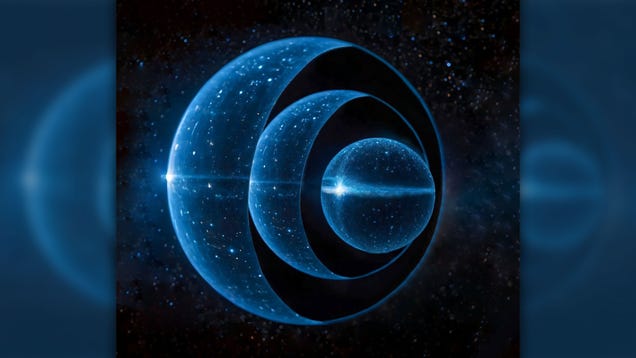
If you asked an astrophysicist what is yet to be discovered in the universe, there’s a good chance they’d paraphrase Donald Rumsfeld: It’s full of known unknowns.

If you asked an astrophysicist what is yet to be discovered in the universe, there’s a good chance they’d paraphrase Donald Rumsfeld: It’s full of known unknowns.
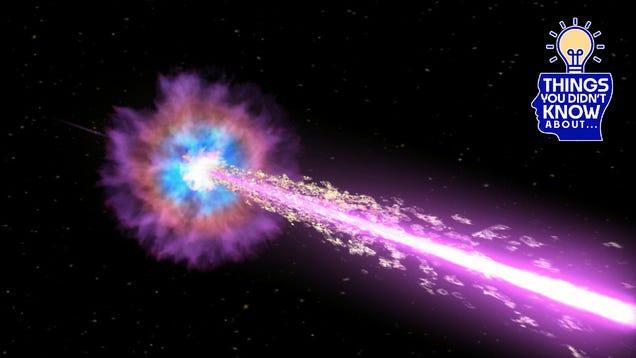
Black holes. Despite their names, the enigmatic objects are opposite of vacuous. They are some of the universe’s densest objects, with masses ranging from the size of stars to several hundred million stars. Their gravitational fields are so intense that not even light can escape them at a certain point, leaving us…
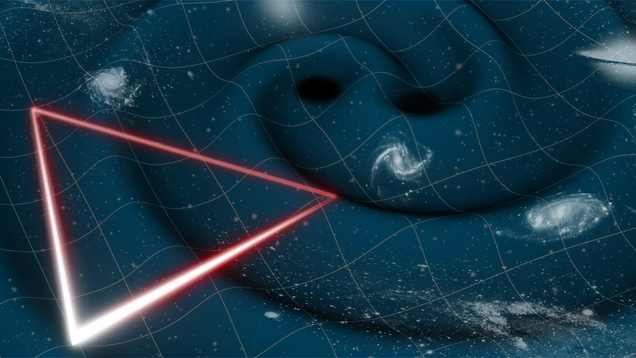
Stay calm, everybody stay calm. But it’s finally happening: The European Space Agency is committing itself to the Laser Interferometer Space Antenna (LISA), a gravitational wave observatory that will study some of the universe’s most enigmatic phenomena.
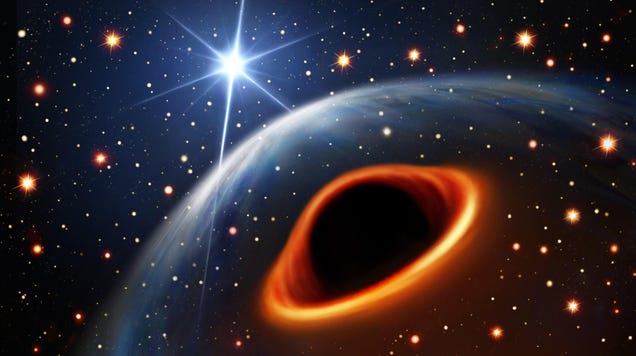
A team of scientists found a compact object 40,000 light-years from Earth that is either a very massive neutron star or an itsy-bitsy black hole, but they’re not sure which.
No space-based gravitational wave observatory exists…yet. But that hasn’t stopped a team of astronomers from demonstrating how the gravitational universe might look, using simulated data to create a “synthetic gravitational sky.”
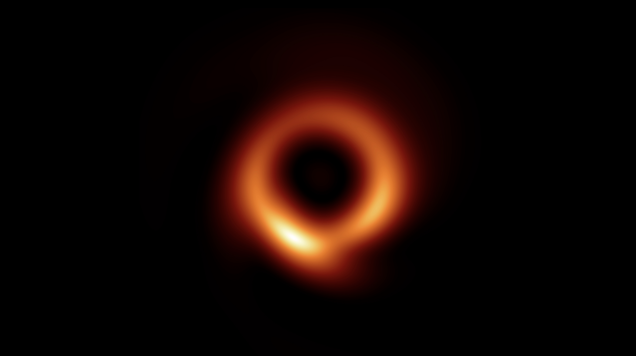
Astronomers transfixed the public in April 2019 when they released the first-ever image of a black hole, produced by radio wave data from a collaboration of telescopes around the world known collectively as the Event Horizon Telescope.
NASA, ESA, CSA, STScI, Webb ERO Production Team
NASA/ESA/Pieter van Dokkum et al./Astrophysical Journal Letters 2023